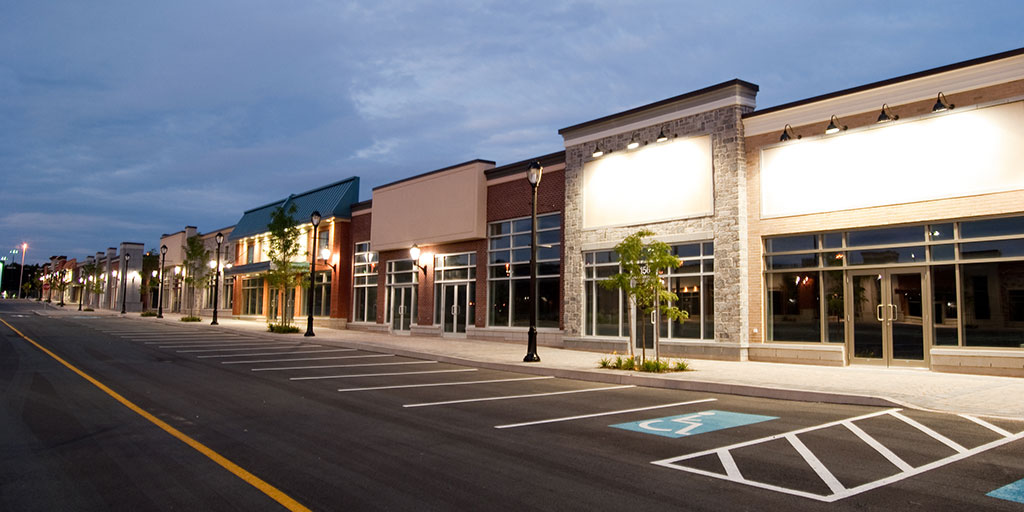Malls Losing Out as E-Commerce Industry Continues Strong Growth
With only a third of the 1,200 enclosed U.S malls doing well; it is more than likely that the one in your local area is also feeling the impact of ecommerce and retail technology on consumer behaviors which include less frequent mall visits. It’s no wonder why large retail box stores are announcing closures across the country as E-commerce set sales records through the latest holiday season. So what will happen to the empty retail space left vacant by a trend toward online shopping?
As E-Commerce Replaces Malls What Happens to All that Retail Space?
Office Space, Medical Centers, Civic Venues and More
As malls shut down a large amount of space, previously occupied by retail outlets, becomes available for lease or purchase. Property managers have come to realize that it’s not always the best idea to replace malls with a huge retail stores. Innovators are breathing new life into the space once occupied by now defunct malls. You will find malls being turned into office space. One good is example is Google Glass, the headquarters of this division of Google occupies the space of a former mall. Others have been turned into medical centers, civic venues, or churches. Government institutions have also been known to use dead malls as disaster recovery headquarters. Finding tenants who can utilize vacated mall space is likely to become more important as ecommerce grows and less and less customers travel to large malls to do their shopping.
New Suburban Downtowns and Mixed-Use Development
According various housing project reports, numerous malls have been torn down to pave way for the construction of suburban downtowns. Many suburban communities did not originally incorporate a downtown, city center, area with shopping, dining, and other amenities you typically find in the city, so with malls declining some cities are looking at turning mall space into mixed use spaces incorporating housing, office space, shopping, and dining to create new downtowns in the suburbs.
One example is Belmar in Lakewood, Colorado, just outside Denver. This area was formerly the Villa Italia mall. It was rather large, occupying a 100 acre, single, superblock site. Today, you will find 22 blocks of walking-friendly, urban streets that interlink with each other. On the ground level of these blocks you will find lots of shops, and as you go up, there is an array of apartments and offices. This endeavor has not only managed to triple the density on the site, but has also quadrupled the tax revenue that the local authorities receive. Furthermore, the construction of these blocks has managed to reduce traffic since a large number of people are able to walk to more of their daily destinations.
Ecommerce Trend Away from Malls Opening Door to New Urbanism
This real estate trend is also referred to as the new urbanism. Mix-used developments have become popular because make sense from an economic standpoint. They are also ideal from a social point of view because they provide people with the opportunity to shop, live, work, and socialize in their own neighborhood. For millennials, these projects provide them with a more urban setting unlike their folks who were born and raised in the early suburbs. Sub-urban cities are likely to continue to work to capitalize on the trend of providing city-like conveniences in the suburbs.
